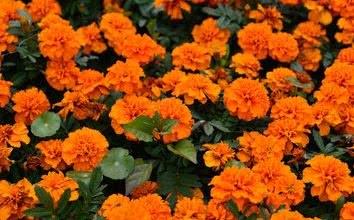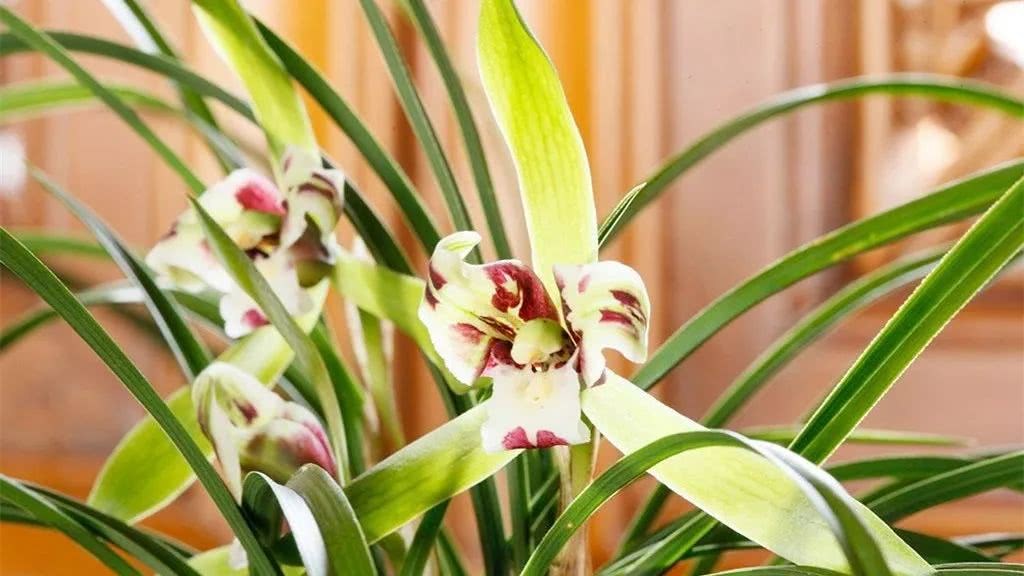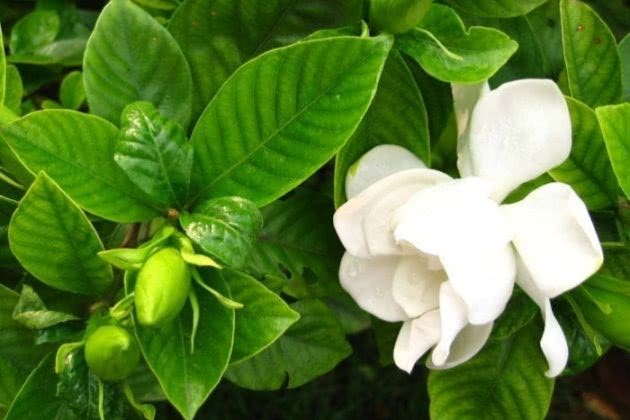Peacock grass-a flower named after an animal

When it comes to peacock grass, people may think that it is a kind of plant grass that looks like the tail feathers of peacocks. Actually, it is a very beautiful flower. And it is a very popular horticultural flower.
Peacock grass (Latin name: Tagetes patula L.), Compositae, marigold genus annual herbs, also known as small marigold, satin flowers and so on. Flower stems erect, branches obliquely spreading. The leaves are pinnately divided, the buds are generally solitary, the tubular Corolla is generally yellow, and the florescence is from July to September every year.
Originally from Mexico, it is widely distributed in Sichuan, Guizhou, Yunnan and other places in China. It is born in hillside grasslands, forests or gardens at an altitude of 750-1600m. It has high medicinal value in addition to ornamental.
Malachite grass is widely used in horticulture. In view of the climatic conditions in China, because the commonly used horticultural plants, such as Lianhong, can not stand the low temperature of "May Day" and the early frost of "National Day", the heat of midsummer can make most of the plants half dead. Therefore, malachite has gradually become the main flower in flower beds and courtyards. Its orange and yellow flowers are very eye-catching and are very suitable for gardening plants at festivals and ceremonies.
Peacock grass once had a common name called "sunflower". Its flowers have the habit of blooming at sunrise and closing at sunset, and grow in an optically active way. Therefore, its flower language is "sunny weather", which is extended to "cheerful and lively". For those who are blessed by this kind of flowers, their personalities are never muddy.
For the cultivation of malachite, we should pay attention to the following points:
Peacock grass is a positive plant, growth and flowering require sufficient sunlight, sufficient light is also conducive to prevent plant overgrowth. However, from July to September in our province, it is necessary to avoid direct sunlight and cool down by shading around noon.
The temperature can be reduced from 22 ℃ to 18 ℃ after potting, to 15 ℃ after a few weeks, and to 12: 14 ℃ before and after flowering. This temperature is ideal for forming a good plant shape, but it may be difficult to achieve this condition in practical production. Therefore, generally speaking, as long as it is more than 5 ℃, it will not be frozen, and it can grow well between 10 ℃ and 30 ℃.
The key to water management is to use a medium with good drainage. Although it is important to keep the medium moist, it is necessary to dry properly before each watering. Of course, the medium should not be too dry and cause the plant to wither. For those cultivated completely in artificial medium, 20-10-20 and 14-0-14 fertilizers should be used alternately once every 10 days with the concentration of 200~250ppm. When the temperature is low in winter, the use of 20-10-20 fertilizer should be reduced. If the medium is in ordinary soil, the compound fertilizer can be mixed as base fertilizer before the medium is put into the basin. If the fertility is not enough, then apply water-soluble fertilizer.
-- END--
Everything is wonderful, there is a praise mall in the flower school.
There are flowers and love, a school of flowers
- Prev

There are four seasons in life, there are flowers in blossoms, and their light posture falls with a charming and fragrant heart.
Sometimes, in the face of the smile of a flower, in a trance, as if in the distant streamer, encounter a repetitive self. There are twelve months in a year, and a kind of flower represents a lunar month. Which flower god do you have the most affinity with? The god of flowers in January.
- Next

Gardenia flowers grow so luxuriantly green in autumn that they can produce oil.
Gardenia is a kind of flowers with delicate fragrance and pleasant flower.In the past, it was simply a medicinal plant, and now it has become a very excellent potted and courtyard landscaping plant. Especially when it blossoms, the fragrance can rise.
Related
- Wuhan Hospital Iron Tree Blooming Result Was Instantly Frightened by the Gardener Master
- Which variety of camellia is the most fragrant and best? Which one do you like best?
- What is the small blue coat, the breeding methods and matters needing attention of the succulent plant
- Dormancy time and maintenance management of succulent plants during dormancy
- Minas succulent how to raise, Minas succulent plant pictures
- What are the varieties of winter succulent plants
- How to raise succulent plants in twelve rolls? let's take a look at some experience of breeding twelve rolls.
- Attention should be paid to water control for succulent plants during dormant period (winter and summer)
- Watering experience of twelve rolls of succulent plants
- Techniques for fertilizing succulent plants. An article will let you know how to fertilize succulent plants.

